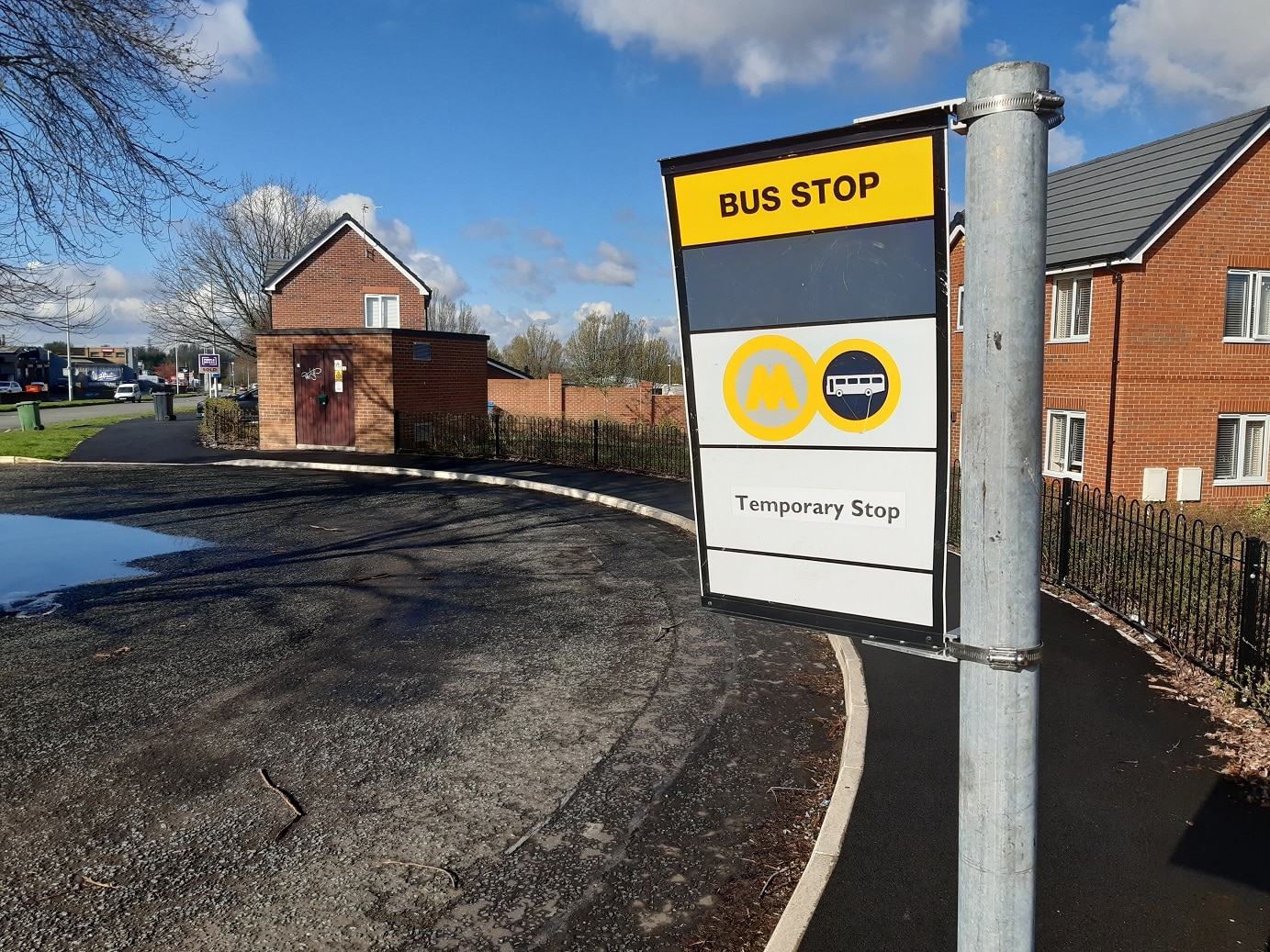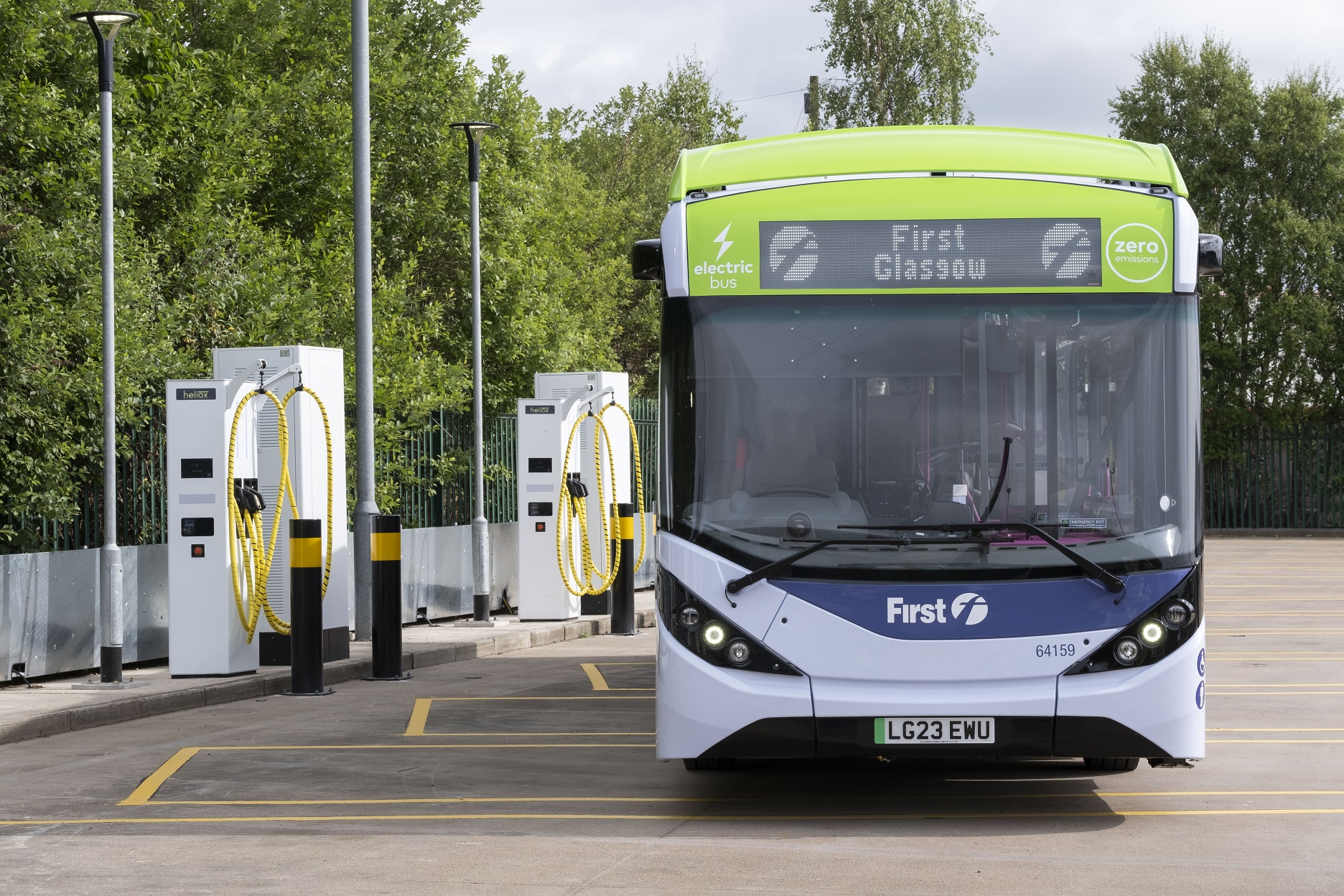Having spent months preparing Bus Service Improvement Plans (BSIPs), surely one of the most comprehensive reviews of English local transport authorities’ bus networks for some time, the Department for Transport (DfT) has now instructed those authorities and bus operators to jointly conduct a bus network review process as a condition of securing funding from the final trance of Bus Recovery Grant (BRG) money.
This near constant demand for BSIPs, network reviews and so on must be a huge drain on resources.
Network review process – will it be onerous or not?
I have little doubt that the final round of BRG funding is insufficient to go round all authorities and operators, so I can see why DfT needs some mechanism to assess how it is allocated. But it is yet another administrative burden on hard-pressed authorities and operators, although with so much work having gone into the preparation of BSIPs hopefully this will not be too onerous.
But there is something about this which puzzles me. In January, rumours started to circulate that operators were planning to deregister services as a consequence of BRG coming to an end in April. Those rumours suggested that up to one third of existing services might be deregistered, which clearly transport authorities would not have the resources to replace through a subsidised network.
Service cuts on that scale were clearly going to spook DfT, and so ministers were able to secure an additional £150m from the Treasury for bus and light rail to put off the evil day. This money runs out after 4 October and no further funding is on offer – as the guidance note for the latest network review process makes clear.
Cuts inevitable post-revenue support?
What is interesting about this guidance is that it makes clear that network reviews – which must also cover light rail where applicable – need to show how local transport authorities and operators are planning for a “sustainable network which is not reliant on COVID-19 government funding.”
It defines “sustainable” as “the provision of stable and resilient local transport networks… without any additional payment of concessionary fares… above payments at actual levels for FY2023/24 [or] any further continued revenue support funding from central government.”
If DfT wants these reviews to deliver sustainable networks that are not dependent on additional support beyond that already on the table, then service cuts are surely inevitable, aren’t they?
The recently announced BSIP funding will help to ease the pressure to a degree, but some Combined Authorities have said that even with that funding, there is still a shortfall and that cuts are inevitable. The additional BRG and BSIP money has simply put off the evil day.
Nobody is to blame. COVID-19 bowled a massive curveball at the bus industry and DfT, and the collapse in patronage during lockdown combined with the new ways of working that we are now seeing evolve mean that bus patronage is never going to recover to pre-pandemic levels, at least for the foreseeable future.
My only complaint, as I have said before, is that the new promised land set out in the National Bus Strategy for England – published a full year after COVID-19 arrived – of a significant increase in services, cheaper fares, priority measures aplenty, was always a pipedream. It feels to me that the network reviews that DfT has called for represent a tacit admission of that. Make no mistake, in the absence of further government support, cuts are coming.
Conservative disaster in local elections
Meanwhile, what are we to make of the results from local elections on 5 May? Despite the Conservatives’ attempt to spin the outcome as not being the disaster it could have been, the truth is that it was a disaster, with the party losing almost 500 councillors overall.
Its performance in London was catastrophic, losing control of the flagship councils of Wandsworth and Westminster, as well as Barnet. In Richmond-upon-Thames, it now has just one councillor compared to 39 in 2014.
The Conservatives’ vote in Wales collapsed, with a loss of 86 councillors, and in Scotland it fell behind Labour to now be in third place. The Lib Dems knocked huge chunks out of the Conservative vote in the south. Any attempt to point to its ‘red wall’ vote in the Midlands and the North of England holding up is clutching at straws.
It is true that Labour’s vote in England outside the M25 was very poor, with the party gaining a net increase of just 29 councillors, and Labour can hardly rejoice at the overall result despite its success in Wales and London. On this showing, Labour will only be able to form a government with the support of either the SNP or the Lib Dems – or both. Labour still has much to do if it is to form a majority government.
Liberal Democrats the real winners
No, the only outright winners from these local elections are the Lib Debs, gaining a net increase of 222 councillors. But, as ever, are the Lib Dems simply the beneficiary of a mid-term anti-government protest vote with their support falling away at a general election, or is this the sign of a genuine revival in their fortunes? We won’t know the answer to that for a couple of years yet.
Of course, the real story of these elections is that Sinn Fein, once the political wing of the IRA, is now the largest party in the Northern Ireland Assembly for the first time in Northern Ireland’s troubled history.
On the face of it, unification with the Irish Republic has taken a big step forward, although it would be unwise to read too much into that based on just one election, and the unionist block still has a majority. But there is no doubt that the Democratic Unionist Party is a weaker political force than it once was, and a referendum on unification at some point in the next decade seems an increasing possibility.
With both Conservative and Labour leaders now under investigation for breaking lockdown rules, who would put money on both still being in post by the end of the year? Not me!

























